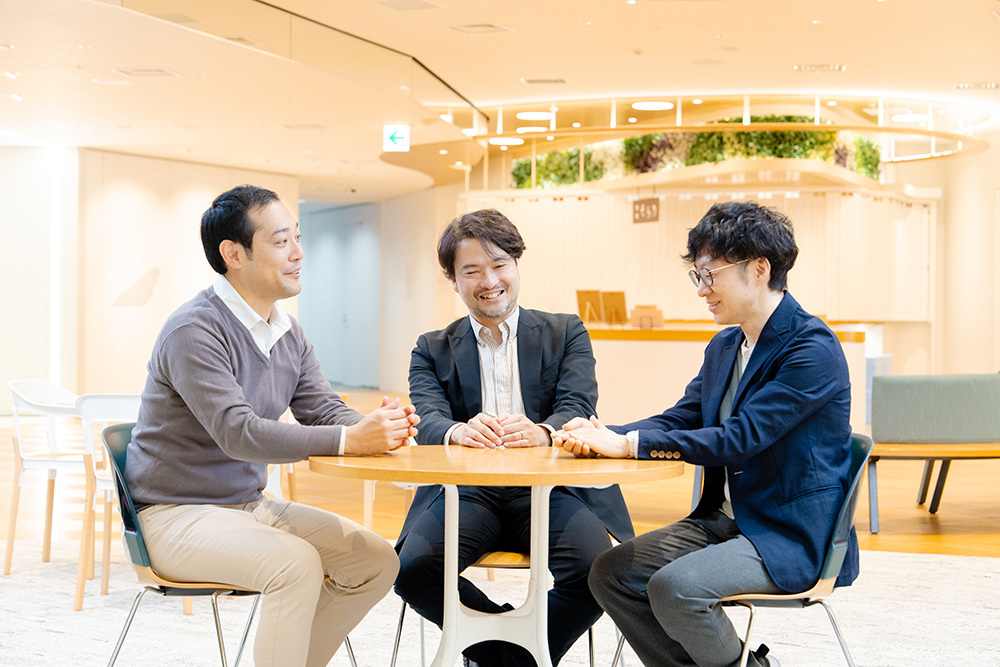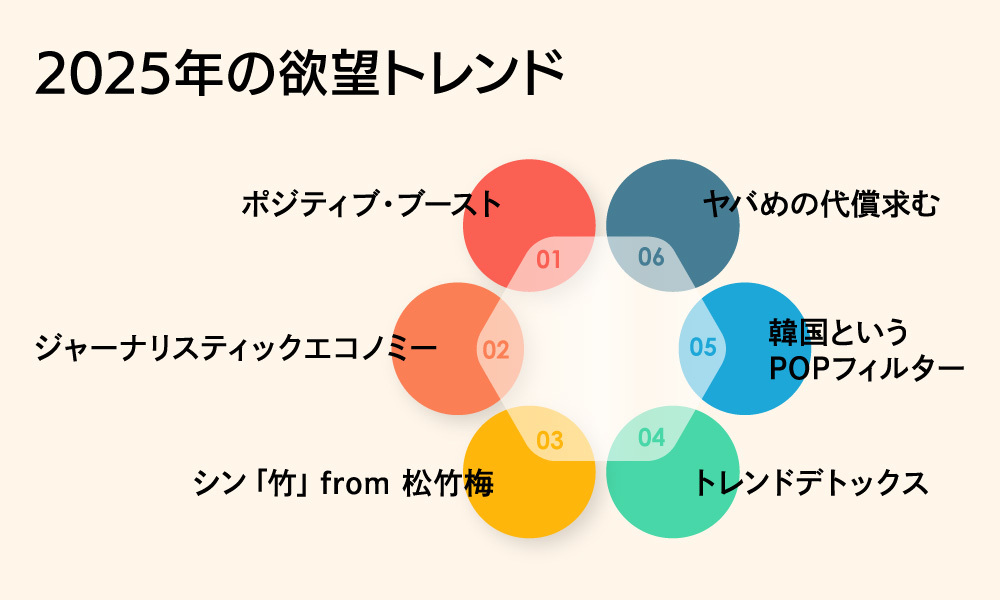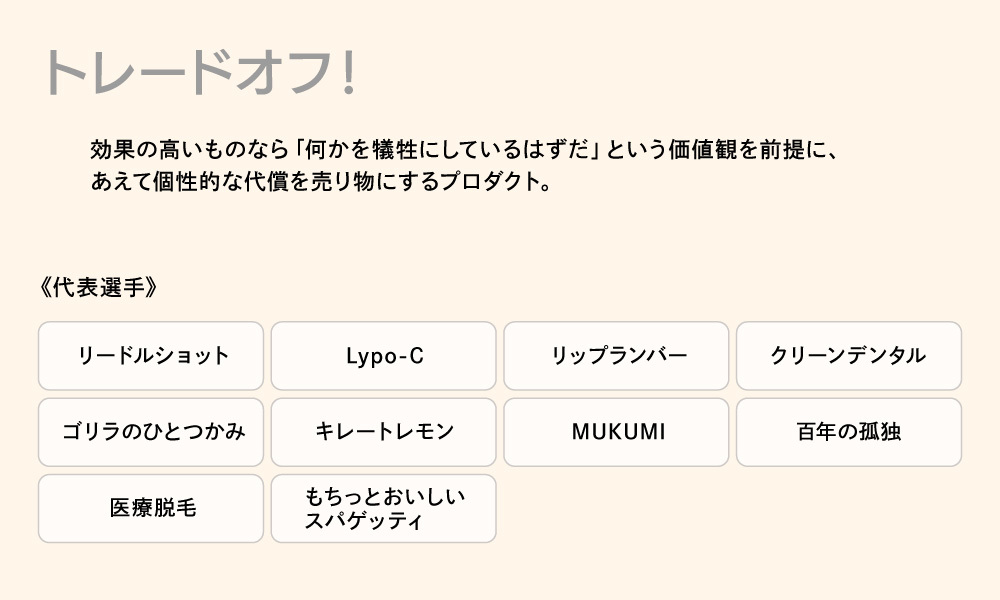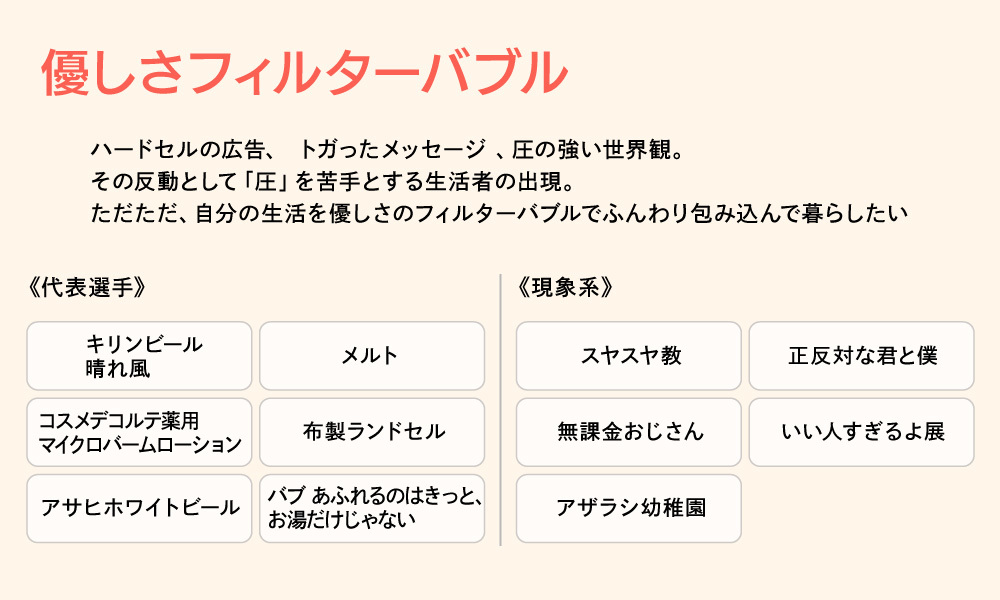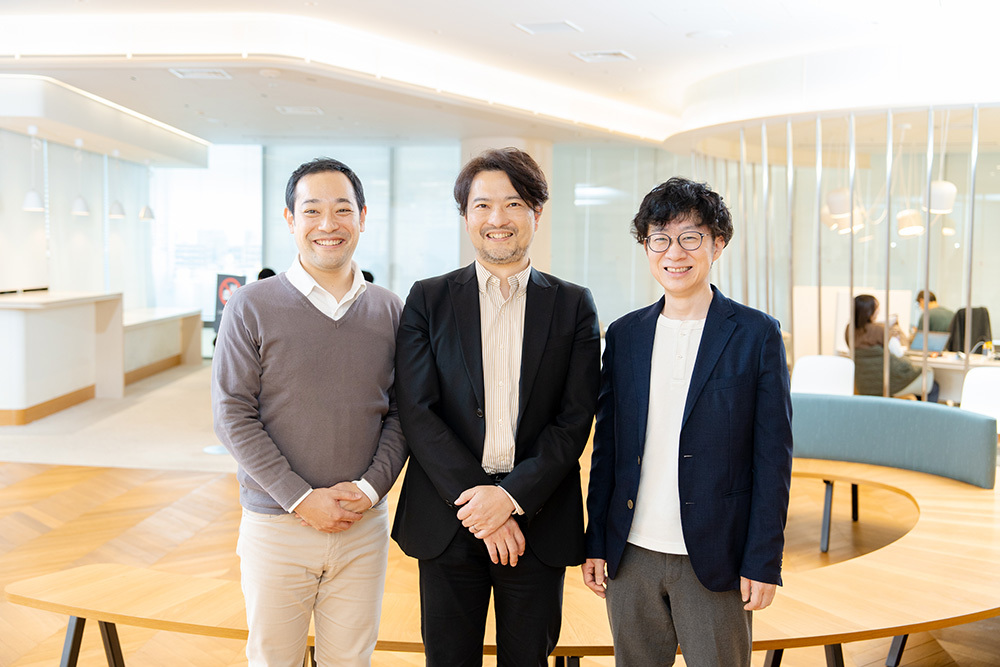Sato (Nao): Looking at Korean products and services currently thriving in Japan, especially among younger demographics, the stereotypical "Korean-ness" associated with the Hallyu boom is gone. Instead, it's more like various global cultures are being sublimated into exceptional pop products within Korea – essentially "Through Korea" – and then arriving in Japan. This universal, supreme pop culture is precisely what defines Korean brands today.
This phenomenon is similar to what Japan used to do in the field of industrial products. During its period of rapid economic growth, Japan took products invented overseas, such as color televisions and automobiles, improved them through the Japanese filter, and sold them to the world. Korea is doing the same thing with culture. It's like "Popular Products = Korea."
The prime example of "Through Korea! From Korea!" is undoubtedly "Greek yogurt x acai." Acai originates from the Amazon in Brazil, and Greek yogurt is literally from Greece. In other words, Brazil and Greece are sublimated into pop products in Korea and become hits in Japan, creating a situation somewhat like "Tokyo German Village" (laughs). Foods that originally had no connection to Korea became very popular products after passing through Korea once, and it became a boom for everyone to gather around and eat them, which then spread to Japan.
Similarly, "Tankful" is originally a Chinese snack, but in Korea, it was replaced by a pop snack using colorful fruits, and that way of eating it was exported. "Dubai Chocolate" is from Dubai, and "Babushka" is from Russia, but again, they became pop products via Korea and became a boom in Japan.
Personally, I found "decorated bags" fascinating. They involve attaching small plush toys, like Hello Kitty, to luxury bags. I think the gap between the high-end bag and the cute character is what makes it appealing. Hello Kitty is fundamentally a Japanese brand, right? In Korea, Kitty, a Japanese character, fused with Chanel, a French brand, and because this combination was deemed cute, it's now being re-imported back to Japan. Just looking at this single example clearly shows the strength of Korea's pop-culture adaptation.

Recently, even more Korean brands are trending without explicitly identifying as Korean. "TAMBURINS" is a perfume brand, and "GENTLE MONSTER" is an eyewear brand, but they aren't specifically marketed as Korean brands. However, their graphics and store aesthetics carry a distinct Korean pop sensibility, making them popular, especially among younger demographics.
In Japan, you could say a "Korean pop native" demographic is growing. Having grown up exposed to Korean pop culture since childhood, they no longer hold any special awareness of Korea. They naturally use Korean pop as their evaluation framework to judge various things.
Another interesting example is "Elevator Purikura." While purikura culture originated in Japan, Korea reimagines it like this. There are studios where you can take purikura photos based on the concept, "What if there was a surveillance camera in the elevator?" It's a symbolic case of Korea reframing Japanese purikura, which is then reimported back to Japan and becomes popular there.
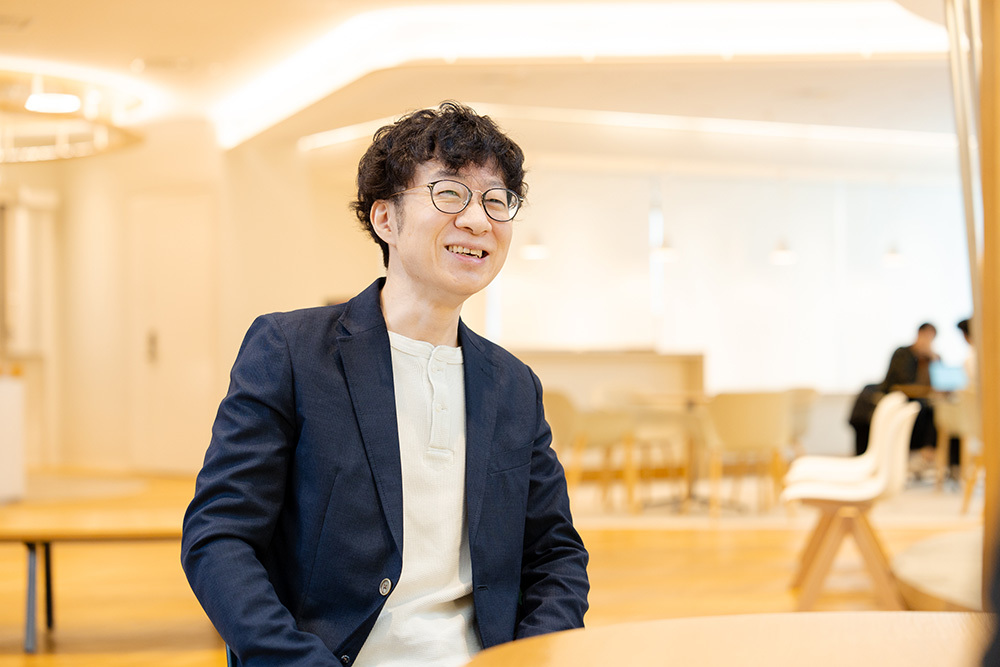
Dentsu Inc. Mr. Satoshi Sato
Sato (Hiroshi): Wow, that's incredible. I was aware of the other five desire trends, but honestly, I hadn't really noticed how deeply "Korea as a POP filter" had permeated. But yes, I totally get that Korea is doing with culture what Japan once did with industrial products and food. It's also interesting how Japanese things like Hello Kitty and purikura go to Korea first and then come back to Japan. By the way, what channels are these Korean pop trends entering Japan through?
Sato (Nao): The biggest channel is K-POP. K-POP isn't just exporting songs and dance; it's exporting the surrounding trends and culture too. Everything from K-POP stars' fashion to their merchandise gets attention, and the stars themselves become channels for exporting culture.
Chiba: Still, whether it's Korea or Japan, it really shows where each country has focused its efforts over the past few decades, doesn't it? Japan has grown to be top-tier in Asia in sports like soccer and baseball, but in terms of exporting music and pop culture, it feels like Korea has pulled ahead.
Sato (Hiroshi): Regarding Korea's content industry, I see two distinct streams: the enduring wave of Korean dramas starting with Winter Sonata, and the K-POP wave beginning around TVXQ. Especially in recent years, the entry of global game-changers like Netflix into the content industry has significantly boosted Korean content's momentum. Amidst this, the sensation of Korean pop has quietly permeated our lives – that's the current reality.
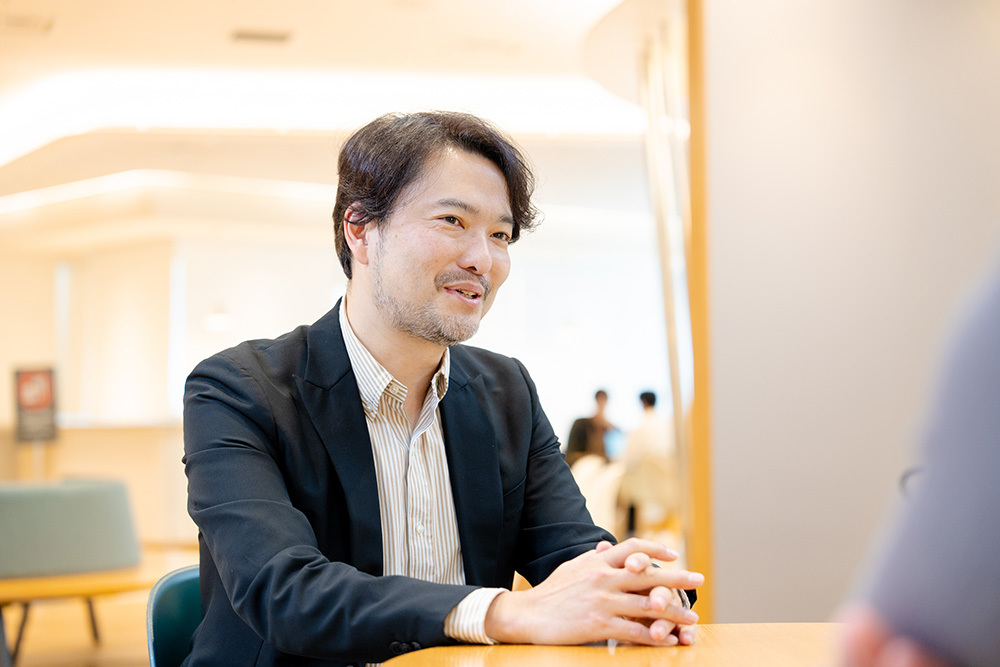
Nikkei BP, Mr. Hiroaki Sato
Sato (Naoki): Regarding products and services, I agree with the way they've permeated. Things from Brazil, Greece, China, Russia, and even Japan get processed into pop culture in Korea and then come back into Japan.
On the other hand, I think the flow is a bit different for visual content like dramas. It feels like the overtly "Korean local flavor" is what's resonating. Both "Parasite" and "Squid Game" are works with completely Korean local worldviews.
Sato (Hiroshi): I see! You're right. For dramas and films, it might be better to consider this a completely different phenomenon from the POP filter discussion.
Desire Trend: "Demanding a Price for the Dangerous." Signs of Transformation in the Era of Cost Performance, Time Performance, and Space Performance?

Sato (Nao): Finally, the sixth desire trend is "Seeking a Serious Price to Pay." The idea that "bitter medicine is good for you" – that the more bitter the medicine, the better the effect – has existed since ancient times. Abstractly, it's the value that "the greater the price paid, the greater the benefit gained."
This value is now spreading beyond medicine into various fields like beauty, food, and reading. Moreover, the nature of the sacrifice is expanding beyond just "bitterness" or "pain" to include "time" and "effort" – in a way, the opposite of the current trends of cost performance, time performance, and space performance. When a product or service gains popularity, acceptance emerges along the lines of "It's good because it involves pain" or "It's good because it requires effort."
What these examples share is a classic "trade-off" relationship. The value lies in the belief that high effectiveness must come at a cost, or conversely, that sacrificing this much must mean high effectiveness.
A prime example is "Leedle Shot," which even made Nikkei Trendy's Best 30 list. When I tried it myself, it definitely stung, but strangely, that stinging sensation actually gave me a rush (laughs). It's that feeling of "It's stinging! This stuff really works!" The unnecessary pain, that "sacrifice," becomes proof that it's genuinely effective.
Clean Dental toothpaste is an old product, but it's recently gained significant attention. Honestly, the taste is a bit unique, but precisely because of that, you get a real sense that it must be incredibly good for your teeth.
Also, the novel "One Hundred Years of Solitude" became a huge hit in 2024. I read it too, and it's incredibly challenging—there are so many characters, their relationships are complex, and some characters even share names. I pushed through and finished it, though. Reading something considered the pinnacle of literature, "One Hundred Years of Solitude," gives you this sense of accomplishment—like, "I struggled through and conquered it!"—and a real feeling that you've elevated your own level of sophistication (lol).
And then there's "Mochi-tto Oishii Spaghetti" (Chewy Delicious Spaghetti), which also made it onto the Nikkei Trendy rankings. In today's world where time efficiency is prioritized, companies are racing to release "quick-cooking" products. This product, however, seems to go against the trend, proposing the value of "taking time to boil it, achieving a chewy texture, and making it delicious."
Taking a little extra time and effort often yields richer rewards and a greater sense of fulfillment in life. That's why we named it "Dangerously Rewarding." It seems to be showing signs of success outside the typical "pa" concepts like cost performance, time performance, and speed performance.
Sato (Hiroshi): In our previous discussion on "Trend Detox" and "New Classics," we talked about how companies are no longer competing on the same axis. From that perspective, "Mochitto Oishii" (A Bit More Delicious) is a perfect example. It stepped away from the homogenized quick-cooking competition and focused on creating unique value from the customer's viewpoint. This led to the concept of "taking the time and effort to make something truly delicious," which has now established itself as a staple. In other words, it embodies both the "Trend Detox" and "Slightly Risky Reward" desire trends.
Sato (Nao): I agree. Amidst the limits of becoming a staple through cost performance, time performance, or space performance, this case shows a company facing its uniqueness and customer needs "from a different angle" to create a new staple.
Sato (Hiroshi): People rarely develop affection for a company or brand based purely on functional value, like "this company's product cooks the fastest." What makes people love a brand is emotional value – that it's genuinely delicious. That becomes a differentiator from competitors and also adheres to the fundamental marketing principle of truly understanding the end-user.
Sato (Nao): When spaghetti was caught up in a battle over the functional value of "cooking time," they took the position, "No, this product in this category should be evaluated by this metric." They essentially reframed the discussion.
Sato (Hiroshi): I think it's what Morioka Tsuyoshi calls "the sweet spot was wide open." Looking at the products highlighted in "Dangerously Good, But at a Cost," many fit this pattern. Clean Dental shifted perceptions from "It's supposed to be good, but it doesn't taste good" to "It doesn't taste good, but it's supposed to be good," and then to "It doesn't taste good, so it must be good." It signifies that products made with stubborn dedication to quality, sold consistently over time, have finally gained recognition.
Sato (Nao): Clean Dental is a "product the times have finally caught up with," right? "Crazy-good trade-offs" align closely with the "Bamboo" concept in desire trends. It shows that introducing a new axis to a category can propose fresh value. If something delivers value on an axis distinct from cost-performance or time-performance, more people are willing to try it—even accepting trade-offs like "not being tasty."
That said, there are also cases where a new axis is introduced while still delivering cost performance and time performance. For me, "Unagi no Naruse" is a prime example. It satisfies cost performance and time performance, while also enabling evaluation through a new axis via reframing. It offers a stylish cafe-like space, a price point lower than traditional unagi restaurants, and speedy service. I think it's a service that satisfies multiple desire trends.
Is there a return to the real and physical happening?
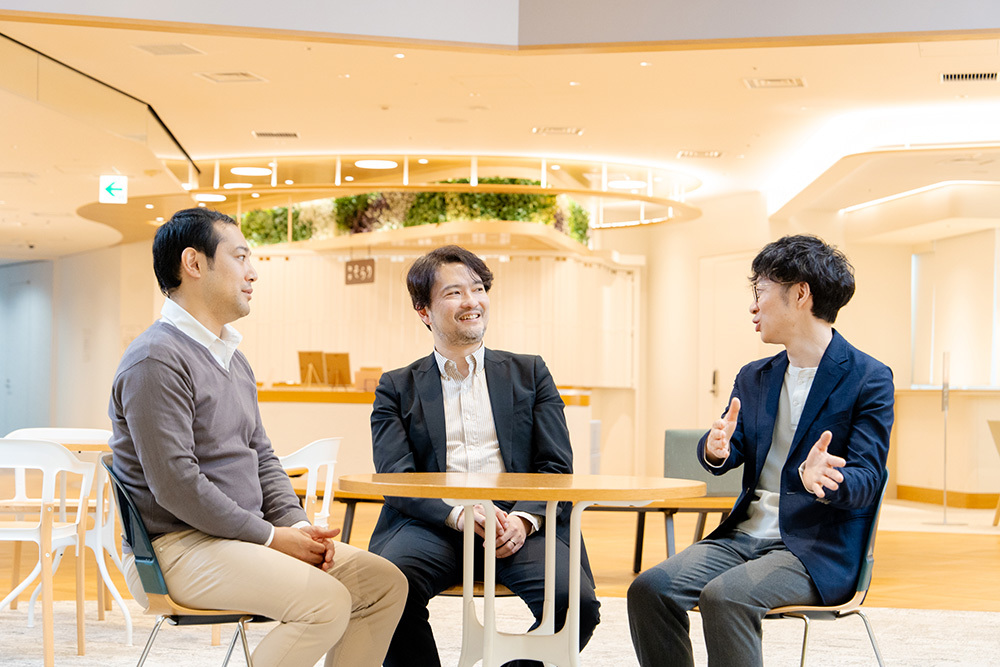
Chiba: I have one thought about the "seeking intense experiences" trend. While everything is digitizing now, communities and activities in digital spaces don't let you feel things with your five senses, right? In that context, maybe there's also a desire to feel something with your senses – whether it's "delicious," "pain," or "suffering" – to reconnect with the tangible world and feel truly alive.
Sato (Nao): I think so. What happens when we rely too much on digital? We end up eliminating pain points. UI/UX keeps evolving toward a frictionless world—a stress-free environment where "users are stuck here, so let's fix it." The keyword representing the reaction or opposite to this frictionless world is what Chiba-san mentioned: the five senses, or "physicality."
Ultimately, a frictionless world lacks reference points. Without reference points, even when you gain something, you can't properly evaluate what you've gained. With a "risky trade-off," you have a reference point: "I did this, so I gained that." You can feel happiness proportional to that swing. Perhaps it's also an act to create that gap.
Sato (Hiroshi): Speaking of keywords like physicality and the five senses, I thought "Immersive Fort Tokyo" might also cater to that need. Even for shy people, it's a place where you can become the protagonist and, in a sense, get stimulation by going for that "risky payoff." It's a place where you can discover a new side of yourself.
Sato (Nao): Thinking about it this way brings up various ideas. For example, waiting in crazy long lines for idol handshake events—that waiting itself is just a pain point, right? But precisely because you endure that waiting time, the moment you shake hands is incredibly joyful. You're going there to create that gap of happiness. Both Immersive Fort and idol handshake events seem to deliberately create friction.
However, when considering the daily life of an individual, we probably need to differentiate between "frictionless" and "pretty intense trade-offs." For things I perceive as mere tasks—housework for me, for instance—I want that world to be as frictionless as possible (laughs). On the other hand, for things I truly want to do, areas where I can express my true self, I deliberately create pain points as a device to amplify the happiness gained. I feel that's how we balance the fulfillment and joy in our lives.
Sato (Hiroshi): Exactly. That's actually the true meaning of "time efficiency" (TAIPA). TAIPA isn't about demanding efficiency from everything. Its core meaning is optimization, not efficiency—compressing the time spent on other tasks precisely because you want to dedicate time to what you truly want to do.
So, in today's discussion, I've been using phrases like "the opposite of time efficiency," but actually, it's not the opposite—that very approach is time efficiency. It's a bit of a paradox.
Sato (Nao): Exactly. Taipa isn't just about streamlining everything; it's a concept that embraces inefficiency too. Take the so-called "fast culture" – people who skip reading books and just skim summary sites, yet simultaneously declare "It's an expedition!" and fly all over Japan to see their favorite performer's shows. To outsiders, that might seem incredibly wasteful, but they're optimizing their time usage in their own way for everything.
2025: The year we wrap both products and services in kindness and deliver them!
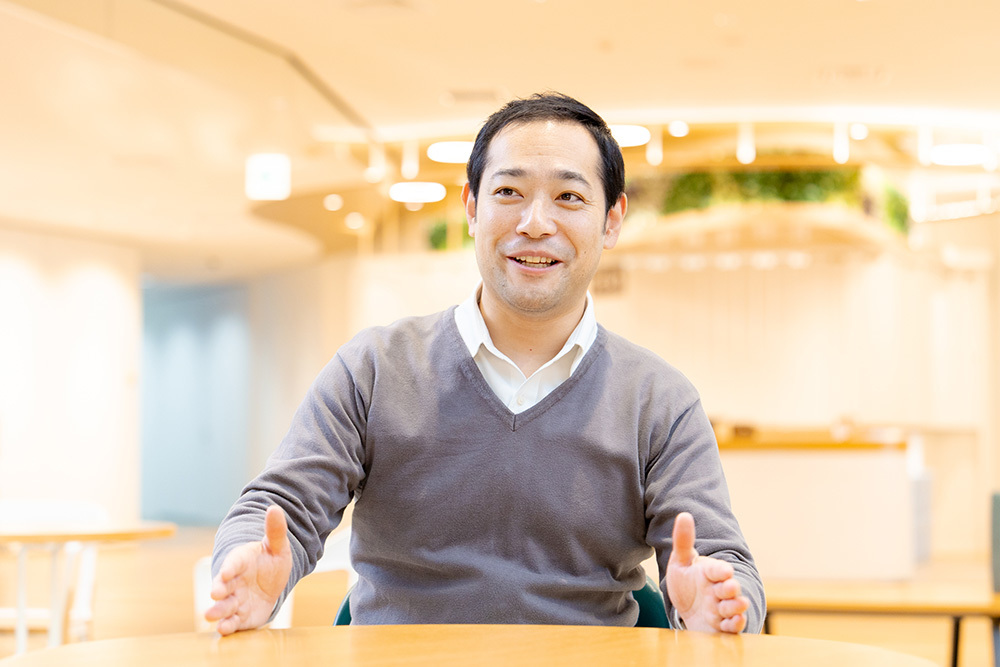
Dentsu Inc. Takashi Chiba
Chiba: Finally, for Web Dentsu Inc. News readers, is there one trend you think they absolutely must keep an eye on for 2025?
Sato (Nao): The most important one is definitely "Positive Boost," but within that, I really want to highlight the "Kindness Filter Bubble."
Sato (Hiroshi): I absolutely love this expression. "Filter bubble" is typically used as a negative term, right? But adding "kindness" flips it into something incredibly positive. It suggests that amidst the overwhelming pressure of vast information, we don't need to try to know every single piece of information. What's more, I think this truly connects to the 2024 consumer trends – it's a really powerful concept.
Sato (Nao): Thank you! While social media platforms are starting to impose various restrictions, I want people to focus on the "Kindness Filter Bubble" as a way for individuals to protect themselves—a way to live their lives properly within their own context.
This concept isn't just about products or consumption; I believe it's becoming an essential life skill. Of course, I hope the world becomes richer as more products and services emerge to support this.
Chiba: Speaking of the need for a "positive boost," the duo Batteries who advanced to the finals of the 2024 M-1 Grand Prix really stood out. Their straight man, Ace-san, plays this classic dumb character, and people were saying on X that "having someone this utterly, unabashedly cheerful and silly makes the world brighter."
Listening to what you just said, Naoshi, I think this is also a reaction against the intense pressure of the world we live in. Maybe there's a demand for that kind of contrast.
Sato (Hiroshi): Battery's interface is soft, or rather, kind. But even within their silly act, they actually say things with a sharp core. Viewers laugh, but they also get a wake-up call. Precisely because it's a complex, difficult era to live in, we're startled by simple messages like "Why not just do it this way?" In that sense, how we accept Battery-like figures connects to the desire trend of "Journalistic Economy," don't you think?
Sato (Nao): Yeah, it connects. Analyzing various data at DDD, I feel that after 2025, as a reaction to tough times, people will increasingly wrap their own worlds in kindness. And beyond just individual lifestyles, my personal hope is that the products and services companies provide to consumers will also be properly wrapped in "kindness" and delivered that way. Thank you for today!



